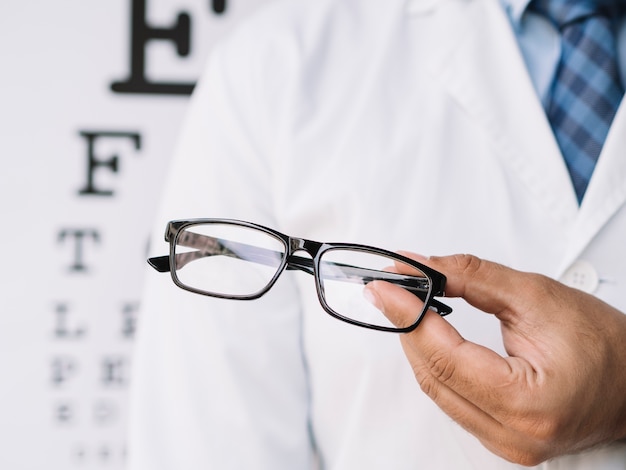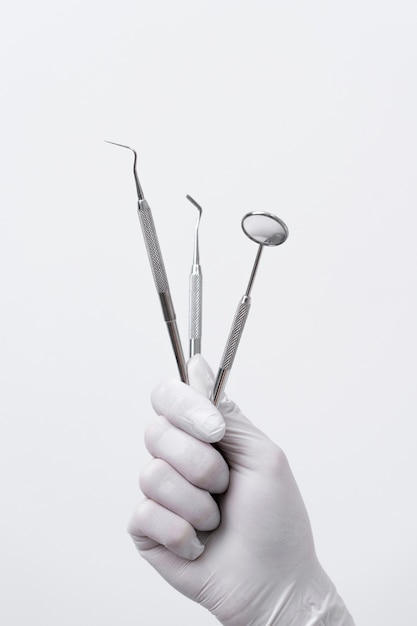

Myopia, or nearsightedness, is a very common vision problem where distant objects appear blurry, while close objects are seen clearly. In America, about 30 percent of people have this condition. Researchers think it mostly comes down to genetics, though some believe it’s also due to the eyes working hard to focus on close objects frequently.
Myopia happens when the eye is too long or the cornea is too curved, causing light to focus incorrectly inside the eye. For many, this starts in childhood and can continue into early adulthood, although it might also develop later because of visual strain or health issues.
**Signs of Nearsightedness**
A clear sign of myopia is difficulty seeing distant objects clearly. You might struggle to read road signs while driving or words on the TV. Headaches, particularly in the evening, can be another clue since the eyes have been straining all day. Kids who can’t see the board well at school might frequently complain of headaches, signaling the need for an eye checkup.
**Eye Exams**
If you suspect you’re nearsighted, an eye exam with an optometrist is the next step. They’ll test your vision and diagnose the severity of your myopia. Depending on how nearsighted you are, you might get a prescription for glasses or contact lenses. Some might need to wear corrective lenses only for tasks like driving or watching TV, while others might need them all the time.
**Other Treatments**
There are alternatives to glasses and contacts. One option is orthokeratology (ortho-k), where you wear special contact lenses that slowly reshape your cornea. This improved shape allows light to enter the eye correctly, enhancing your vision.
A more permanent option involves laser surgeries like LASIK or PRK, which reshape the cornea by removing tiny amounts of eye tissue. This adjustment helps light focus properly in the eye, reducing or eliminating myopia. For severe cases, other surgical procedures are available too.
**Why Is Myopia Increasing?**
Experts aren’t entirely sure why myopia is on the rise, but they agree that genetics and visual strain play big roles. People who spend a lot of time on computers or reading are more likely to develop myopia because focusing on close objects strains the eyes. With our increased use of smartphones, computers, and other gadgets, it’s no surprise that myopia cases are growing.

